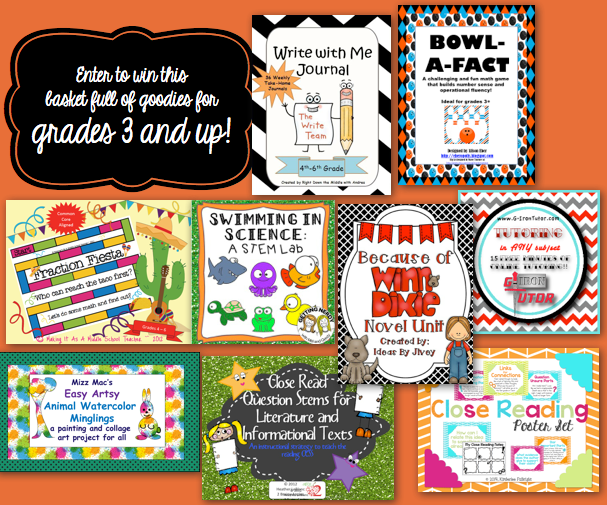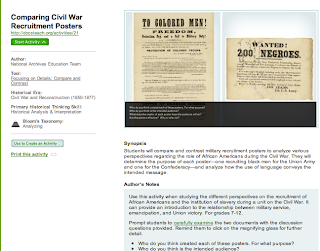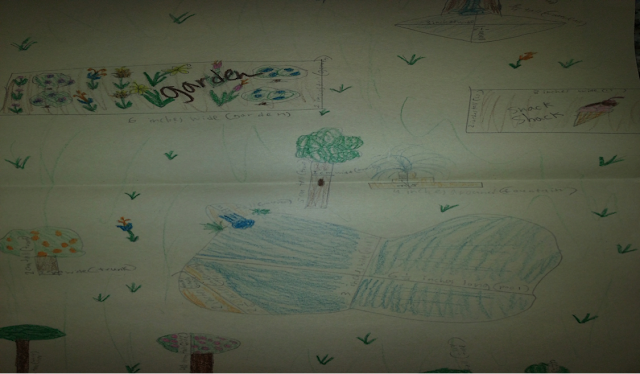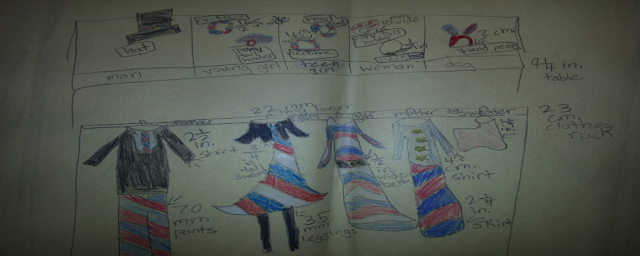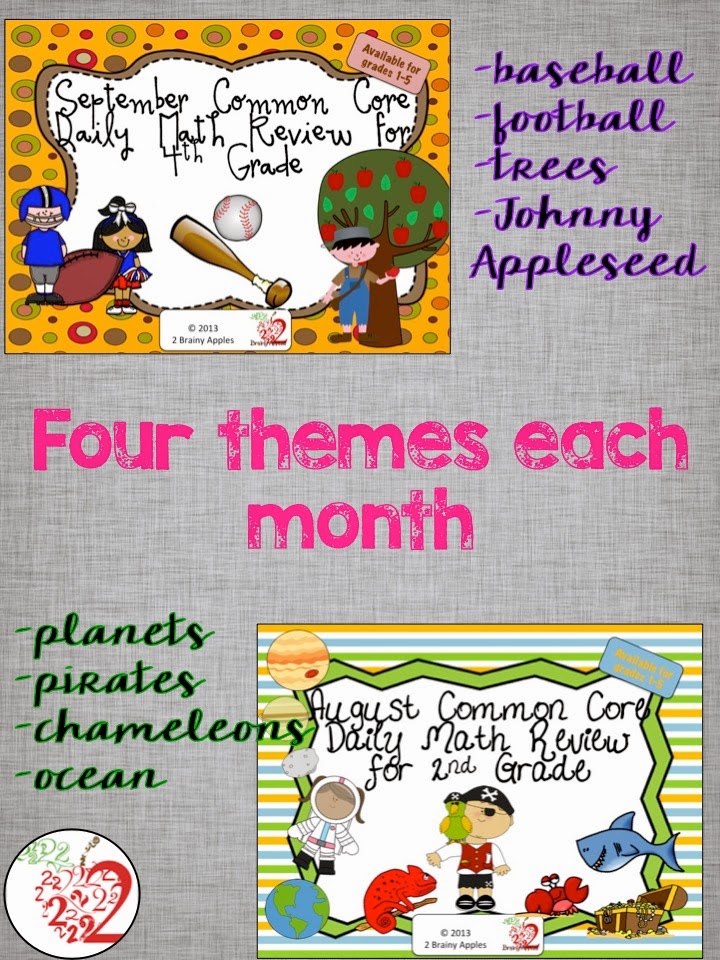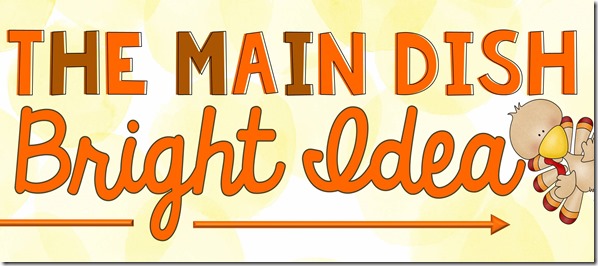Math fact fluency........something that has been a struggle for so many of my students in the past. I am not one of those who believes that math fact fluency is the most important math skill and spends countless hours using flashcards with my students (I do ask them to practice their math facts at home using either archaic flashcards or a fun app). I prefer to spend our time together problem solving and applying mathematics in real wold situations. However, I do realize that students need to be able to compute math facts fairly quickly because, to some degree, fluency does interfere with problem solving.
In the past I have done what many teachers do: give my students timed practice tests. This works great for most of my students. Their math fact fluency improves. However, for a handful of my other students, their math fact fluency never improves. Those kids who get stressed out by a timer, who begin sweating the moment you give them their test, whose hearts are racing by the time you say, "Flip your paper over and begin", who are defeated when they see a page full of problems, and who get more and more jammed up with every completed paper they hear flipping over, this simply does.not.work. I have even had some students whose scores decreased over time. This doesn't mean they knew fewer facts, it meant that they could not handle the anxiety of timed math tests. For adults, we probably think of a timed math test as no big deal. But to a child, a timed math test could be the fine line between having a great day at school or feeling like a complete failure.
I have also given timed math facts because usually it is a skill that is included on a grading rubric for the report card. "Students will correctly solve 30 addition facts in 3 minutes." Or something like that. How else can you assess this skill without giving a timed math test?
With all that said, I still give my anxiety-ridden students timed math tests, but who says the timer has to be counting down? Not even does the grading rubric state that the time has to be winding down on the student. I don't remember who gave me this idea, but the moment I heard it I was like, "How ingenious! This is perfect!"
Backward timing. Instead of the timer counting down to a buzzer (which may be the most dreaded sound in the world to some kids...or whatever sound you like to use to signal time's up. I used my ActivBoard to count down and at the end it would play "Rocky Top" instead of a buzzer...teaching in Georgia this probably WAS the SINGLE worst noise some of my students could have heard!), the timer begins at "0" and counts up until students are done. Once my students figured out there would be no "BUZZZZZZZZZZZ!" or, in my case, "Oh, Rocky Top, you'll always be.....", their shoulders relaxed, sweat beads disappeared, and over time they began improving. So how does it work?
**Let me preface by saying that I only use backward timing with my students who are stressed out by the traditional timed test and those who are not showing improvement because I like to use this as a strategy for those kids.**
First, you have to decide how many correct facts they need to get correct. I had it easy because it was on the grading rubric. Then you need to discuss this with the student and set a SMART goal
with the student. Students need to be let in on goal setting, especially since it involves them! In case you aren't sure what a SMART goal is, it is a goal that is Specific, Measurable, Attainable, Realistic, and Timely. You could set the goal to be what is expected for the end of the grading period, but for some kids this is so far off from their current performance, you need to lower it so they feel accomplished by reaching smaller goals and gain confidence.If you aren't sure what a reasonable goal would be, talk to other teachers first to see what they think a reasonable goal BEFORE you meet with the students.
So, as an example, let's say the expectation for the end of the quarter is that students will answer 30 addition facts correctly in 3 minutes. Let's say the student currently answers 7 correct in 3 minutes because you will need to do a traditional timed-test to get that baseline. It is the beginning of the quarter. Setting a goal of 30 correct in 3 minutes by the end of the quarter is specific, but is certainly isn't timely. That is 9 weeks away. A better goal might be, "Johnny will answer 15 addition facts correctly in 3 minutes" with a goal date of 3 weeks away. Then in 3 weeks, or before if he has met this goal, you can increase the goal to, "Johnny will answer 25 addition facts correctly in 3 minutes" with another goal date of 3 weeks away. If Johnny did not answer 15 correctly in 3 minutes at the end of 3 weeks, you will need to see how far away he is from that goal. If he is at 12, 13, or 14, clearly he is improving and you may want to extend the date by a week.
Second, once you have your baseline and goal set, you need to decide how many problems are you going to put on one page. If your goal is for students to get 15 problems correct in 3 minutes, then you don't want to slap 50 problems on a page. Remember, some kids get overwhelmed at the sheer sight of a page full of problems because they know they struggle and this makes them feel defeated before they even begin. I would put about 20 problems on that page for them. Or you can always put the goal on the page, and in this case it would be 15 problems on the page. The problem with this, though, is if they miss just 1, they will never meet their goal. Accuracy is important (which is why I record how many they got correct out of how many they attempted), but even we as adults will make errors every now and again. We can't expect our students to be perfect every time. You may ask, "Well, what if they are taking 3 minutes and 15 seconds to solve all 20 correctly? How am I supposed to know if they can solve 15 correctly in 3 minutes?" You may want to tell students to stop for a moment while you stop the timer at 3 minutes, and ask them to circle the last problem they completed, then resume the timer and let students finish. This way you can see where they were at at the 3 minute mark, and they are able to complete the page.
Third, explain to students how their new timed tests will work. Let them know that they will have as much time as they need to finish the page. If they need 3 minutes, 4 minutes, or 5 minutes, let them know they will not hear a buzzzzzzzzzzzz. When they are finished, you will stop the timer that is counting up, and you will record that time (or if you have several students who are using backward timing, you may want them to raise their hand when they are finished so you can write the time down, or you may want them to take the test in small groups if you have several to make it more manageable). Let me add, that if students are taking longer than 5 minutes to complete the page, you have too many on the page for them. I would scale back the number on the page. If your goal is 15 and you have 20 on the page, I would probably lower the goal and lower the number of problems on the page. Remember, you want your students to feel successful, so if that means setting a goal that is more easily attained at first, then do that.
Fourth, after students have finished the test and you have graded the tests, fill in a graph WITH the students. I like to record how many they got correct out of how many they attempted because this helps me see if their accuracy is improving. If you don't have one to use, check out the FREEBIE I made below! Graphing the results allows the students to see their progress. It gives them motivation to do better next time, and students soon realize they are no longer really competing with a timer but with themselves, trying to do better with each test they take. Intrinsic motivation can be a powerful thing!
Here is what the graph might look like. You may want to alternate colors each time so you can more easily see the different days, or you may want to keep the same color.
Repeat, as needed. Decide how often you will give students this timed test. Twice a week? Three times a week? I don't recommend every day, but that's just me. I like 3 times a week. But choose what is best for you and your students. Once students reach their goal, celebrate it with them, then create a new one with them and start a new graph. Repeat the process until they are meeting expectations. And, honestly, when they are meeting expectations, I may not set goals with them anymore because they are where they need to be, but I do continue to use the backward timing test with them. They do well with it, and I am not going to use the traditional timed test anymore.
How can you use the backward timing test for grading purposes? Well, you are writing down the time that the students finish, so if they finish in under 3 minutes (or whatever the given time is), and they correctly answer 30 (or whatever the minimum correct is), you have evidence of them meeting expectations. Let's say they don't finish in under 3 minutes, and the grading rubric says they are "in progress" of meeting expectations if they correctly answer 20-29 in 3 minutes. You are going to have to tell students to stop at the 3 minute mark, you will stop the timer, ask students to circle the last problem they finished, then resume the timer and let students continue working until they are done. You can go back to using the traditional timed test for report card assessments, but I feel as though I would be setting up my students for failure because I know they get anxiety and we haven't been using the traditional method. The grading rubric doesn't say it has to be a countdown timer.
If you want to use the FREEBIE I made click
here!
I hope I have given you an alternative way to help increase your students' fact fluency in lieu of using traditional timed tests. Backward timing does take a little more effort because you have to set goals and decide how many to put on a page and keep track of when students finish, but I have seen such great growth out of my most struggling students, that I feel it is worth it.
I would love to hear your thoughts and comments about your experiences with backward timing. Thanks for reading!
Heather
**Please excuse any typos as I don't have the super power of being perfect :)







